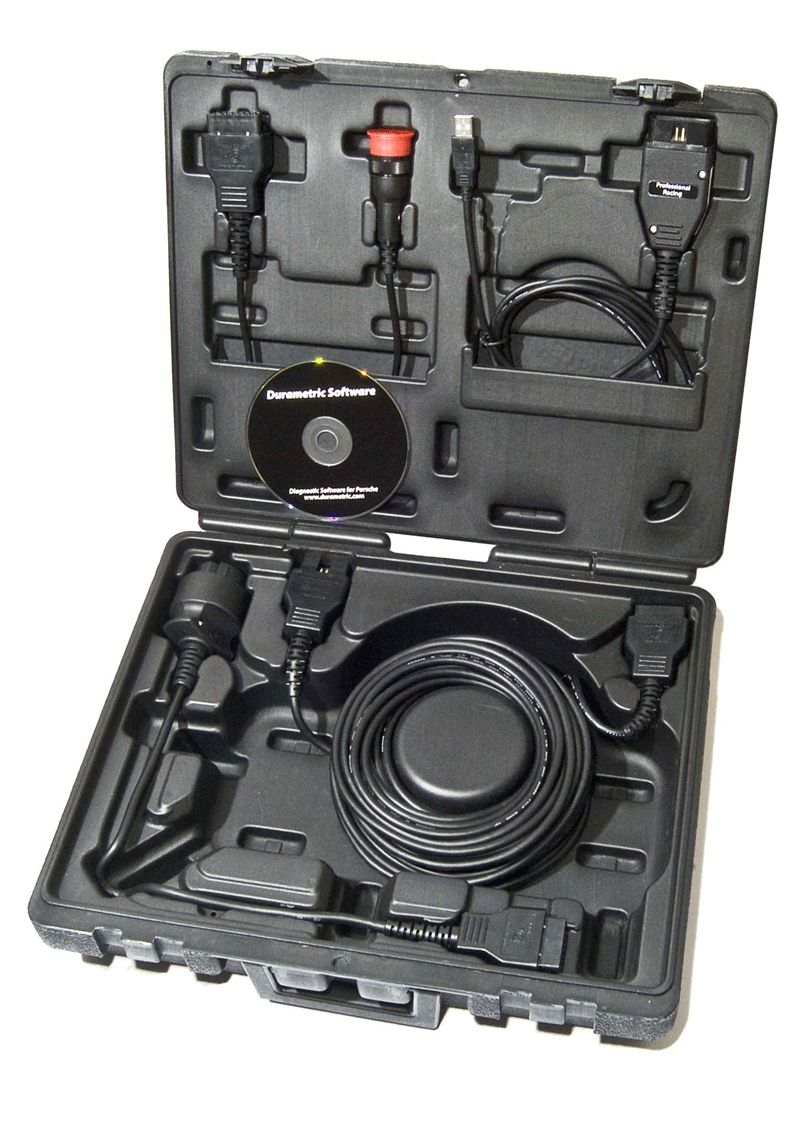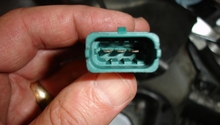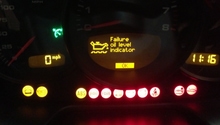Porsche 993: How to Determine Bad Timing
Porsche 993s control the ignition and timing with electronic controls, but how do we know they're doing it correctly? Take a further look here.
This article applies to the Porsche 993 (1993-1998).
First, let's make clear what kind of timing we're talking about. There are two forms of timing when we are talking about timing in reference to the engine in your 911. There is camshaft timing, which is referring to what time the valves controlled by the camshaft open and close in relation to the crankshaft. Then there is ignition timing, which is referring to when the spark plug fires in relation to the piston travel. Both of these forms are critical in the proper running of your engine. This article specifically discusses ignition timing.
On all Porsche 911 993s, the ignition timing is controlled by electronics. There are numerous different sensors placed on the engine that send information to the DME and ECU. These control devices take that information and then decide, based on certain parameters, when to fire the spark plug. Now, with that being said, the ignition timing is only going to be correct if all the components such as the sensors and computers are operating correctly. So the question arises, how do we know they are operating correctly?
For starters, let's talk about some things that might first make you aware that your timing is off. Physical indicators might be that the car feels sluggish, has poor throttle response, or a change in the engine sound coming from the exhaust. Another indicator might be that the check engine light in the dashboard has come on. More than likely it will be one of the sensors that has malfunctioned or went bad. So, after you have determined that you might have bad timing, here are a couple of troubleshooting steps to see what might be going wrong.

Materials Needed
- Porsche tool 9288
- OBD 2 scan tool
- OBD 1 scan tool
All Porsche 993s before 1996 will be OBD 1 and will require a different diagnostic scan tool than Porsche 993s 1996 and newer. That is because in 1996, OBD 2 was introduced and standardized the diagnostic port.
Step 1 – Check for trouble codes
Once you have determined you might have bad timing, it will be a good idea to scan your car for any trouble or fault codes that might have popped up. The first indication of a trouble or fault code is that the check engine light has been illuminated in the dash panel. Even if this light has not been illuminated, it is a good idea to check for codes because this light might not be working.
On OBD 1 993s, which will be years 1995 and older, you can view to see if there are any codes without a scanner.
Here is the procedure:
- Fully depress the accelerator pedal for 3 seconds with the engine off and ignition on until the Check-Engine lamp flashes.
- Ease off the throttle.
If no fault is stored, no warning will come from the warning lamp. If the warning lamp did indicate a warning, i.e. there is a fault, a flashing code appears.
On OBD 2 cars you can use an OBD 2 scan tool, and it will let you read the trouble code that the system is showing. If there is a trouble code on either system that is present, it will show you if there is a bad component in the system, and you can then determine what you might need to do to replace it.
(Related Article: Trouble Codes - Rennlist.com)

Step 2 – Visually check components and connections
We can't always rely on computers. Sometimes we need to get in there and check to see if everything looks OK for ourselves. It's a good way to get familiar with your car.
See if you can obtain a list of the components that make up the ignition system and their locations. You can then check to see if there is anything that might look out of place or wrong. It's also not a bad idea to check all the connections, and you may even want to take the connectors off and clean them. With these cars going on 20 years, there is build up around some of them, and it is possible that dirt/debris is getting in places that it shouldn't be.
Pro Tip
Obtaining some sort of repair manual is a good way to gain knowledge about your car, and obtain ideas on what to look for and locations of components.
Step 3 – Have your car dyno tuned
As good as we can be at feeling whether our car is running at optimum performance or not, the only way to really be 100% sure is to have it checked on a dyno.
Any good dyno shop will be able to hook up multiple sensors to your car and will be able to graph and show you exactly what is happening throughout the rev range of your car. It can show possible troublesome areas, and if it's possible, they can tune your car to run at optimum performance with the setup you have. It's also a great way to get a base line in case you do any upgrades in the future.

Related Discussions
- OBD Scanner for 993 - Rennlist.com
- OBD 1 993 - Rennlist.com






